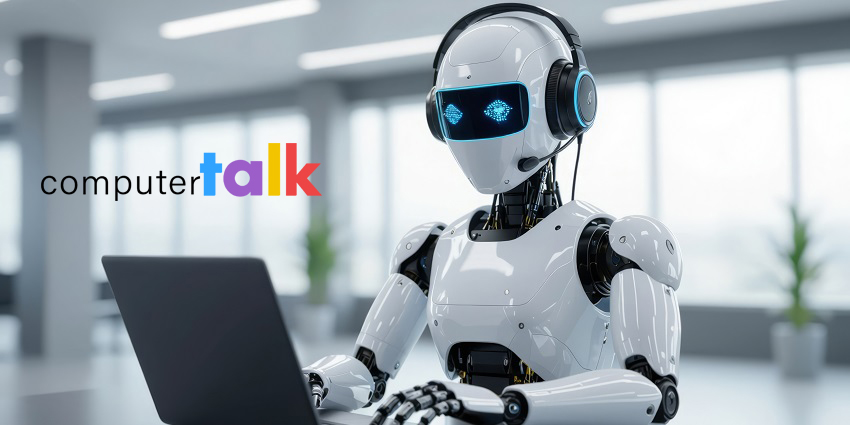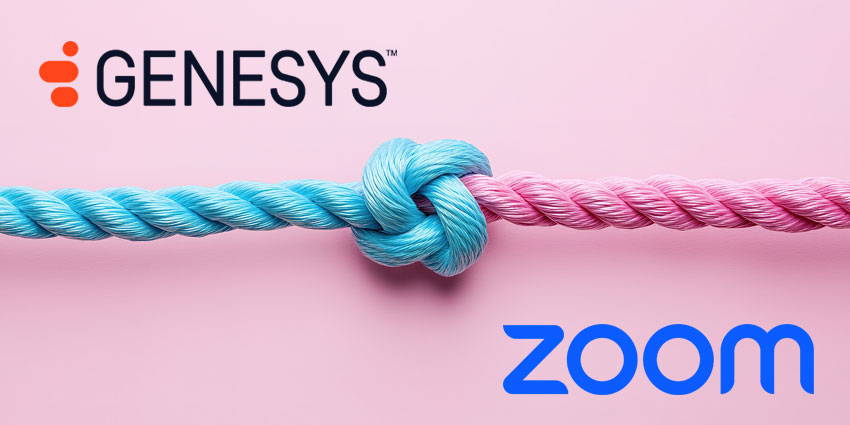Ten years ago, one word dominated the contact center conversation: omnichannel.
Yet, the word became so overused that it created a lot of confusion in the market.
Is omnichannel simply offering lots of communication channels beyond voice? No, that’s multichannel.
Should omnichannel allow customers and agents to shift between channels mid-conversation without starting the entire conversation over? In theory, yes, an omnichannel contact center should ensure that the context of a conversation follows the customer as they switch between channels.
However, many solutions that are marketed as omnichannel tend to fit the multichannel definition much more closely.
Unfortunately, the over-marketing of these solutions resulted in many service leaders taking a long time to fully grasp what such an omnichannel contact center could look like in practice.
In many cases, that confusion has stuck, continuing to hamper customer service experiences.
2023 ContactBabel research backs this up. It found that fewer than a third of contact centers are truly omnichannel.
With agentic AI, the contact center industry should be wary of history repeating itself.
What Agentic AI Is Not
‘Agentic AI’ and ‘AI Agents’ are not new terms for ‘chatbots’ or ‘virtual agents’.
Nevertheless, as with ‘omnichannel’, many contact center vendors have already confused the market by co-opting these terms for their existing self-service solutions – whether or not they meet the criteria for true agentic AI.
Liz Miller, VP & Principal Analyst at Constellation Research, recently made this point at the Adobe Digital Experience Conference. She stated:
Definitions are important, and – right now – we do not have a good definition of agents, and we are not holding people accountable to those definitions of agents or “agentic”. We should be.
The risk of letting these definitions slide is that the market confusion ultimately prevents customers from realizing the technology’s full potential.
So, How Should Contact Centers Define AI Agents?
There are three core characteristics of an AI agent.
First, it should be interactive and able to interpret communications.
Second, it should be able to reason, taking those communications, understanding context, and making decisions.
Third – and most importantly – is the concept of agency – meaning it should be autonomous and able to analyze information, plan, and take actions on its own.
Let’s consider the use case of a customer-facing AI agent looking to resolve incoming queries.
If it’s following a series of rules, that’s not an AI agent. If it’s scouring knowledge articles and spotlighting relevant information, that’s also not an AI agent.
Instead, an AI agent will think through the problem, only respond when confident in their answer, and – when it’s not – escalate the contact.
Yet, let’s not dwell on that one use case. There are plenty more to consider…
Examples of AI Agents In Customer Service
An excellent use case for AI agents is running proactive customer communications.
Consider a telco. It could employ an AI agent to identify network outages, scan CRM data to spot customers impacted by the problem, and alert them with a proactive notification. It may even send updates to keep them in the loop.
Another great example here is in the travel industry. Perhaps a customer’s flight is delayed. An AI agent could rebook the flight automatically, update their itinerary, and proactively notify them.
AI agents also have the potential to reimagine contact center routing. For instance, an agent could extract customer intent and consult quality assurance (QA) data to spot the live agent most likely to deliver a positive outcome.
Alternatively, it may assess workforce management (WFM) data to ensure that an agent coming to the end of their shift only takes a call likely to have a short handling time.
Also, consider the post-purchase experience. Here, an AI agent could send setup instructions, schedule a tutorial call, and maybe even offer accessories relevant to their purchase.
Yet, these are just a few examples of many. AI agents may also monitor customer conversations for fraud, dynamically adjust schedules based on incoming contact volumes, and track employee well-being to offer breaks.
The possibilities are virtually limitless!
UJET: Ready to Bring AI Agents to Contact Centers
UJET first burst onto the contact center scene with its true omnichannel design.
Its CCaaS infrastructure allows customers to interact with businesses as they would with friends and family members.
Leveraging the full capabilities of a smartphone, it enables customers (as well as agents) to seamlessly shift channels and retain context.
Still, this smartphone-centric, sensible approach to omnichannel is a differentiator.
Now, with agentic AI, UJET plans to leverage those smart device and multimodal capabilities to accelerate Agentic AI solutions for CX, once again challenging industry norms and disrupting the status quo.
As such, it’s engaging with contact center leaders keen to innovate, exploring new possibilities, and helping them lay the foundations for agentic AI.
To learn more about UJET and its contact center portfolio, visit: ujet.cx







